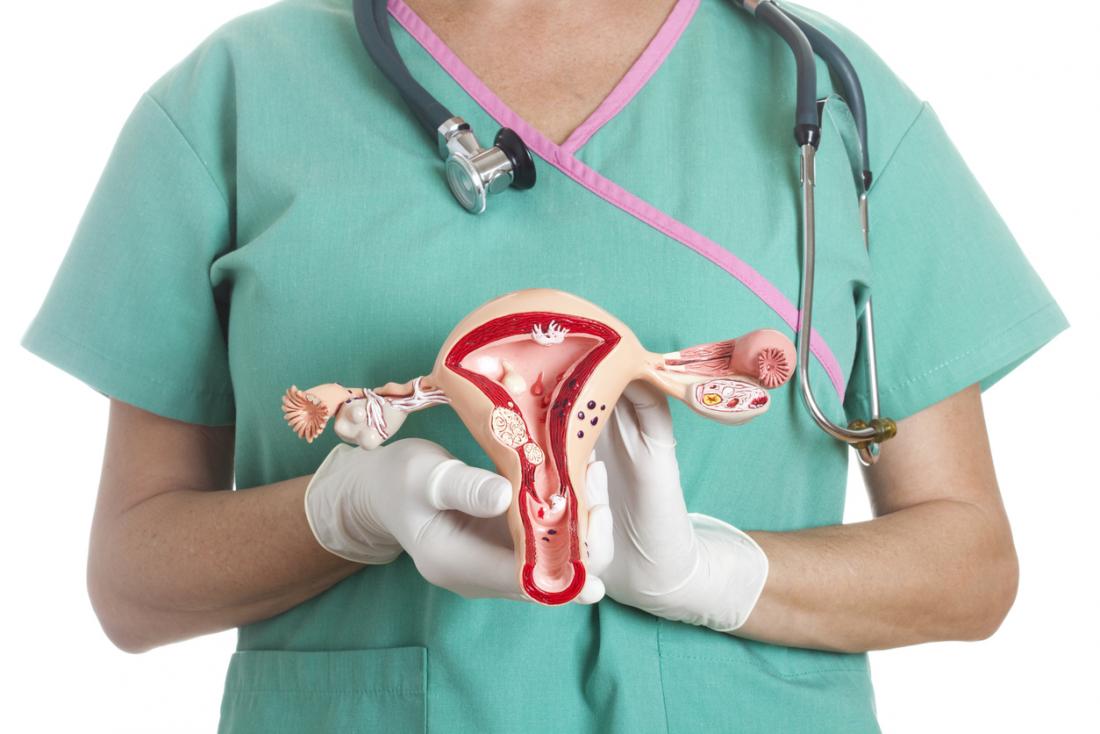If you are suffering from chronic pain or abnormal menstrual bleeding, your doctor may recommend a hysterectomy. A hysterectomy is a surgical removal of the uterus, most likely of the cervix. Depending on the reason, this surgery may also involve removing surrounding organs and tissues, such as fallopian tubes and ovaries. Thus, if you are planning for a hysterectomy and having trouble finding ways to recover from it, don’t worry we have got it covered here.
To make this blog more informative, we have taken insights from Dr Chaitali Mahajan Trivedi, one of the best gynaecologists who provides the effective hysterectomy treatment in Mumbai at Nanavati Super Speciality Hospital. So, let’s get started!
Fact Check
Hysterectomy is mostly seen among females aged 40-50. And by 65 years of age, approx 37-39% of the women undergo this surgery.
Why Should You Have A Hysterectomy?
There are several conditions in which your doctor may recommend for a hysterectomy. The common ones may include:
- Uterine Prolapse: This results when the muscles and tissue in the pelvis get weakened, making your uterus drop-down in your vagina.
- Endometriosis: It is a condition that occurs when tissue similar to your uterine lining grows outside of it and attaches to other parts of your body, such as fallopian tubes, bladder and ovaries.
- Heavy or Abnormal Vaginal Bleeding: It can be a result of changes in hormones, benign tumours, or infections that start to grow in and around the uterus, called uterine fibroids.
- Cancer (or precancer) of the Ovary, Cervix or Uterus: A hysterectomy is mostly suggested in conjunction with chemotherapy or radiation treatments.
Now you know why you should have a hysterectomy. It is also important to know about the different types of hysterectomy surgery.
Types of Hysterectomy
The type of hysterectomy depends on the need for surgery and how much of your uterus and surrounding reproductive system can remain the same. The main types include:
- Radical Hysterectomy: This type involves the removal of the uterus and its nearby tissues, including the ovaries, fatty tissues, lymph glands, fallopian tubes and the parts of your vagina.
- Total Hysterectomy: This is the most common procedure wherein the womb, along with the cervix, is removed.
- Supracervical/ Subtotal/ Partial Hysterectomy: In this type, only the womb is removed, and the cervix is left in its place.
- Total Hysterectomy with Bilateral Salpingo-oophorectomy: This includes the removal of the cervix, womb, ovaries (oophorectomy), and fallopian tubes (salpingectomy).
Tips To Recover From Hysterectomy Treatment
All forms of hysterectomies are serious, non-reversible surgeries and take several weeks to recover. However, following the essential steps can help you to recover from a hysterectomy treatment such as:
- Avoid Sexual Intercourse- Sex should be avoided for a time being suggested by the doctor.
- Take Care of your Incision- Keep the incision clean and dry. Follow your surgeon’s instructions for bathing and wound care.
- Eat Healthy and Drink a lot of Water- Follow a healthy diet to avoid constipation. Also, make sure to avoid junk and deep-fried food.
- Don’t Lift Anything Heavy, and Say No To Strenuous Exercise– Avoid lifting anything heavy as it can increase your risk of pelvic floor strain and further complicate your pelvic problems.
- Rest, but Don’t Lie on the Couch all Day- Include walking in your day-to-day activities. It can help relieve backache and trapped wind.
Conclusion
A hysterectomy is a major surgery coming with a long recovery. As with any other type of surgery, it comes with few risks and side effects. To minimize the risk and to improve the likelihood of successful treatment, consulting with a top gynaecologist is recommended.
One such doctor is Dr. Chaitali Mahajan Trivedi at Nanavati Super Speciality Hospital. With her rich experience and extensive knowledge, she is regarded as the best cosmetic gynaecologist in Mumbai. So, if you are planning for a hysterectomy or cosmetic gynaecology treatment consult her today by booking an appointment now!


